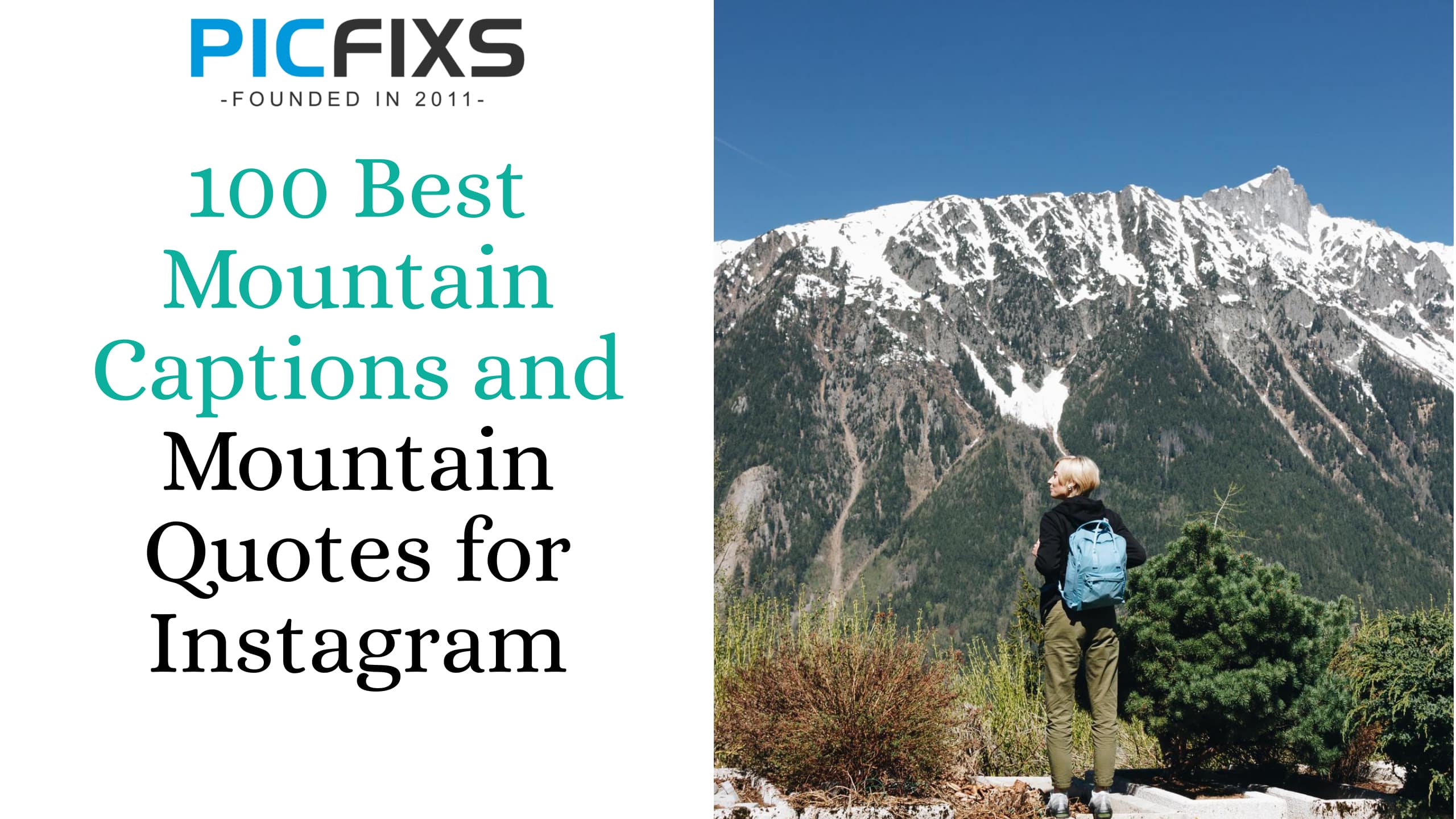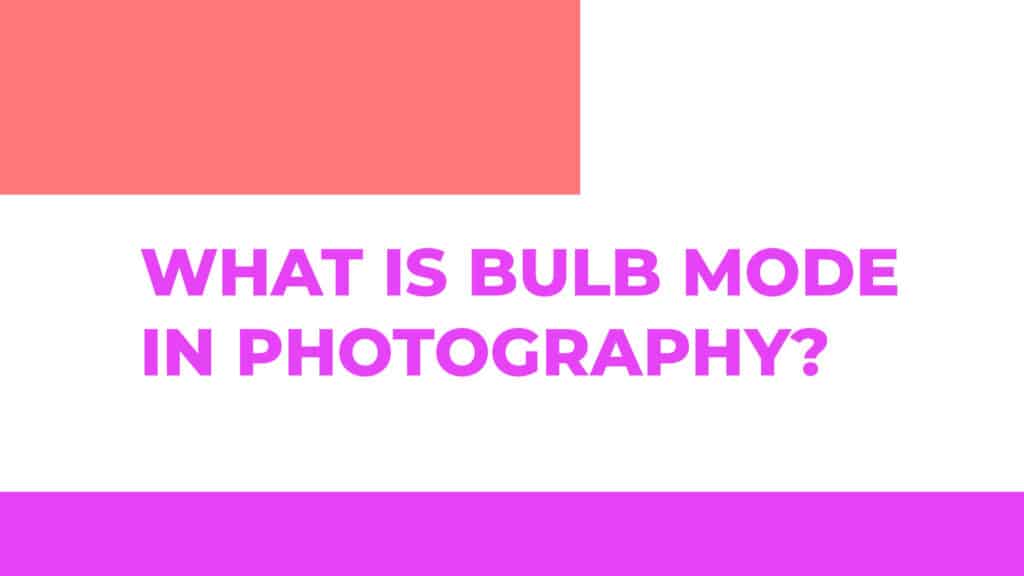Bulb mode allows you to easily take extremely long exposure photos. The tricks below show how to use it correctly. Photographers are often frustrated with the 30-second shutter speed limit on many cameras. What they may not realize is that there is an easy way to work around this limitation – if you know how to use it. The solution is called bulb mode.
What Is Bulb Mode on Your Camera?
Bulb mode is simply a shutter speed option that you can select in manual mode on your camera. It allows your shutter speed to be at whatever interval you choose: one second, one minute, 17 minutes, or anything else. The key with bulb mode is that your camera’s shutter stays open as long as you hold the shutter button down. Your Bulb’s exposure limit depends on the camera – sometimes 30 minutes, sometimes as long as you want (or until the battery runs out).
Note: If you want to make some adjustments to the photo just let me know. I can do it for you at a very low cost. You can hire me to edit your photo
Accessing Bulb Mode
Not all cameras have a bulb mode these days, but most DSLRs and mirrorless cameras do. This includes almost all DSLR or mirrorless cameras from Nikon, Canon, Sony, Fuji, Olympus, and Pentax on the market. It’s easy to check if your camera has a bulb mode. Set your camera to manual mode and vary the shutter speed for as long as possible. Normally, after the 30-second mark, your camera will display the letter “B” as the shutter speed. It’s your bulb mode!
How to Use Bulb Shutter Speeds
If you have never used bulb mode before, you may not understand why option ‘B’ seems to have a very short exposure time. For example, let’s say you have bulb mode turned on and just press the shutter button as you normally would. In this case, you will only capture the exposure for a split second. This is because Bulb mode requires you to hold down the camera’s shutter button for the entire exposure time. If you hold down the shutter button for 45 seconds, that will be your exposure.
But if you just press and release the shutter, as usual, you can get an exposure of half a second or even less. In general, there’s no reason to use Bulb mode if you have less than 30 seconds (or whatever your camera’s longest native shutter speed is).
The main exception is if you shoot stars at night and want a very precise shutter speed to avoid star trails. But even that is often overkilling. There’s still a big problem: pressing the camera shutter button in bulb mode almost always causes the camera to shake and creates blur. It’s simply because your hands are bound to shake; Even with the most stable tripod on the market, you can still capture blurry photos if you use bulb mode like this. So what can you do about it? The next section deals with the simplest solution.
How to Capture Tack-Sharp Long Exposures
Often the best solution to avoid exposure blur in Bulb is to not touch your camera at all while taking the photo. Instead, trigger your camera to take pictures with the remote shutter! All popular cameras on the market today have compatible remote shutter releases. This is the easiest for the Nikon D3000, D5000, and D7000 series cameras (except the D3500, which has no IR sensor and is controlled via your smartphone). This is a comparable option for most Canon DSLRs, including the Rebel series. If you have another camera, the desired remote shutter can be easily found here. Just enter your camera’s name followed by “remote trigger”.
Some of these remotes are wireless (infrared) while others are hard-wired. You can also purchase some remote controls with additional options for time-lapse and other dedicated photography. If bulb photography is your only goal, it doesn’t matter; any cable release on the market will allow you to use bulb mode properly – without touching the camera. Note that some remote releases have a locking mechanism to hold the external shutter button down automatically for as long as you want.
Others allow a single tap to start the exposure and a second tap to end. Some cameras even have a bulb mode that you can activate from your phone if you want. Anyway – using Bulb mode with an external remote, you no longer touch your camera during exposure. This way, you can easily capture extremely sharp ultra-long exposure photos.
Bulb vs Time Exposure Mode
Some cameras these days have something even better than a bulb mode, called time mode. In this case, you don’t need to press the shutter button. You only need to press the shutter button once to start the exposure and again to end. I don’t know why not all cameras on the market have this extremely useful feature, but it is. Luckily, many new cameras these days have this option, even some cheaper ones like the Nikon D5600. If your camera has an exposure mode, there’s no longer any reason to use the standard Bulb option. Time mode has all the same benefits without the inconvenience of using the shutter remotely.
Time mode is accessed in exactly the same way as Bulb mode – by exceeding the shutter speed by 30 seconds in manual mode. Cameras with an exposure time option often call it “T”.
Image Noise with Long Exposure Photography
I like to use bulb mode and time mode in dark conditions. The results you’ll get beyond the usual 30-second limit are often astounding. But you have to be careful when your shutter speed is too long, especially a few minutes or so. If you’re not careful, your image quality can suffer. In particular, the camera’s sensors get a bit hot if your exposure is long enough – this is the main reason to use Bulb exposure in the first place. This heat leads to image noise. This “thermal noise” is less obvious if you’re shooting in cold weather, but it’s still visible in the end.
On top of that, because your exposure time is so long, any hot or stuck pixels on your camera sensor will be magnified. The simple solution is to avoid too long exposures, especially longer than 8-10 minutes, but that’s not always possible. If you really need a shutter speed as fast as this, you have several options. First, you can enable the Long Exposure Noise Reduction feature on your camera.
This setting causes your camera to have a second exposure after you shoot in bulb mode – this time with the camera shutter closed, resulting in a dark frame. Your camera then subtracts the second frame from the first, reducing thermal noise and minimizing hot pixels. But long exposure noise reduction means your camera takes twice as long to take each picture, as it takes literally two pictures at a time.
This is not ideal when you have taken an exposure of 10 minutes or more. Instead, some photographers will shoot a series of shorter exposures – still using Bulb or Time Exposure modes – combined with a slightly higher ISO. They will wait a while from filming until the camera cools down. With this technique, you can average the image noise in software like Adobe Photoshop. It’s a way to “simulate” longer exposures without actually capturing them. However, it is also a somewhat advanced technique. It’s better to take a one-frame photo of the bulb until you’ve practiced it a bit.
Conclusion
I hope you found this article on bulb mode helpful, especially if you’re new to long-exposure photography. The world looks completely different with exposures lasting many minutes. It’s something that I think everyone should try at some point, regardless of your type of photography. That said, you have to do it right. It’s easy to take blurry photos in bulb mode if you’re not using the remote shutter. And, if your shutter speed is particularly long, you’ll want to notice image noise and minimize it if possible (potentially reducing long exposure noise or frame stacking). Finally, the Bulb and Time modes are great tools in a photographer’s kit. If you have any questions or recommendations on how to use them effectively, feel free to let me know below!
Note: If you want to make some adjustments to the photo just let me know. I can do it for you at a very low cost. You can hire me to edit your photo
latest post
- What is Midjourney
 Discover the capabilities of Midjourney AI, learn how to effectively utilize the platform, and explore the advantages and disadvantages of the Midjourney AI image generator across its different pricing options.
Discover the capabilities of Midjourney AI, learn how to effectively utilize the platform, and explore the advantages and disadvantages of the Midjourney AI image generator across its different pricing options. - Brand identity elements
 In the vast marketing universe, imagery is pivotal in establishing and nurturing a brand’s identity. A brand’s visual choices are not merely aesthetic decisions but strategic moves that can significantly influence perception and performance. This Picfixs article explores the intricacies of selecting imagery that complements and enhances a brand’s essence, ensuring it resonates with the… Read more: Brand identity elements
In the vast marketing universe, imagery is pivotal in establishing and nurturing a brand’s identity. A brand’s visual choices are not merely aesthetic decisions but strategic moves that can significantly influence perception and performance. This Picfixs article explores the intricacies of selecting imagery that complements and enhances a brand’s essence, ensuring it resonates with the… Read more: Brand identity elements - 100 Best Mountain Captions and Mountain Quotes for Instagram
 Ready to scale new social media heights? Look no further than this treasure trove of 100 exhilarating captions and quotes, handpicked for your Instagram mountain posts!
Ready to scale new social media heights? Look no further than this treasure trove of 100 exhilarating captions and quotes, handpicked for your Instagram mountain posts! - Symmetry in Photography: A Creative Approach with Examples
 Delve into the enchanting realm of symmetry in photography as we showcase mesmerizing examples on our website. Experience the allure of perfectly mirrored images!
Delve into the enchanting realm of symmetry in photography as we showcase mesmerizing examples on our website. Experience the allure of perfectly mirrored images! - 11 Quarantine Photoshoot Ideas to Try at Home for Amazing Photos
 Looking for unique photoshoot ideas during quarantine? Explore the 11 creative suggestions that will help you capture unforgettable moments at home.
Looking for unique photoshoot ideas during quarantine? Explore the 11 creative suggestions that will help you capture unforgettable moments at home.
related link
-
What is Midjourney

Discover the capabilities of Midjourney AI, learn how to effectively utilize the platform, and explore the advantages and disadvantages of the Midjourney AI image generator across its different pricing options.
-
Brand identity elements

In the vast marketing universe, imagery is pivotal in establishing and nurturing a brand’s identity. A brand’s visual choices are not merely aesthetic decisions but strategic moves that can significantly influence perception and performance. This Picfixs article explores the intricacies of selecting imagery that complements and enhances a brand’s essence, ensuring it resonates with the…
-
100 Best Mountain Captions and Mountain Quotes for Instagram

Ready to scale new social media heights? Look no further than this treasure trove of 100 exhilarating captions and quotes, handpicked for your Instagram mountain posts!


